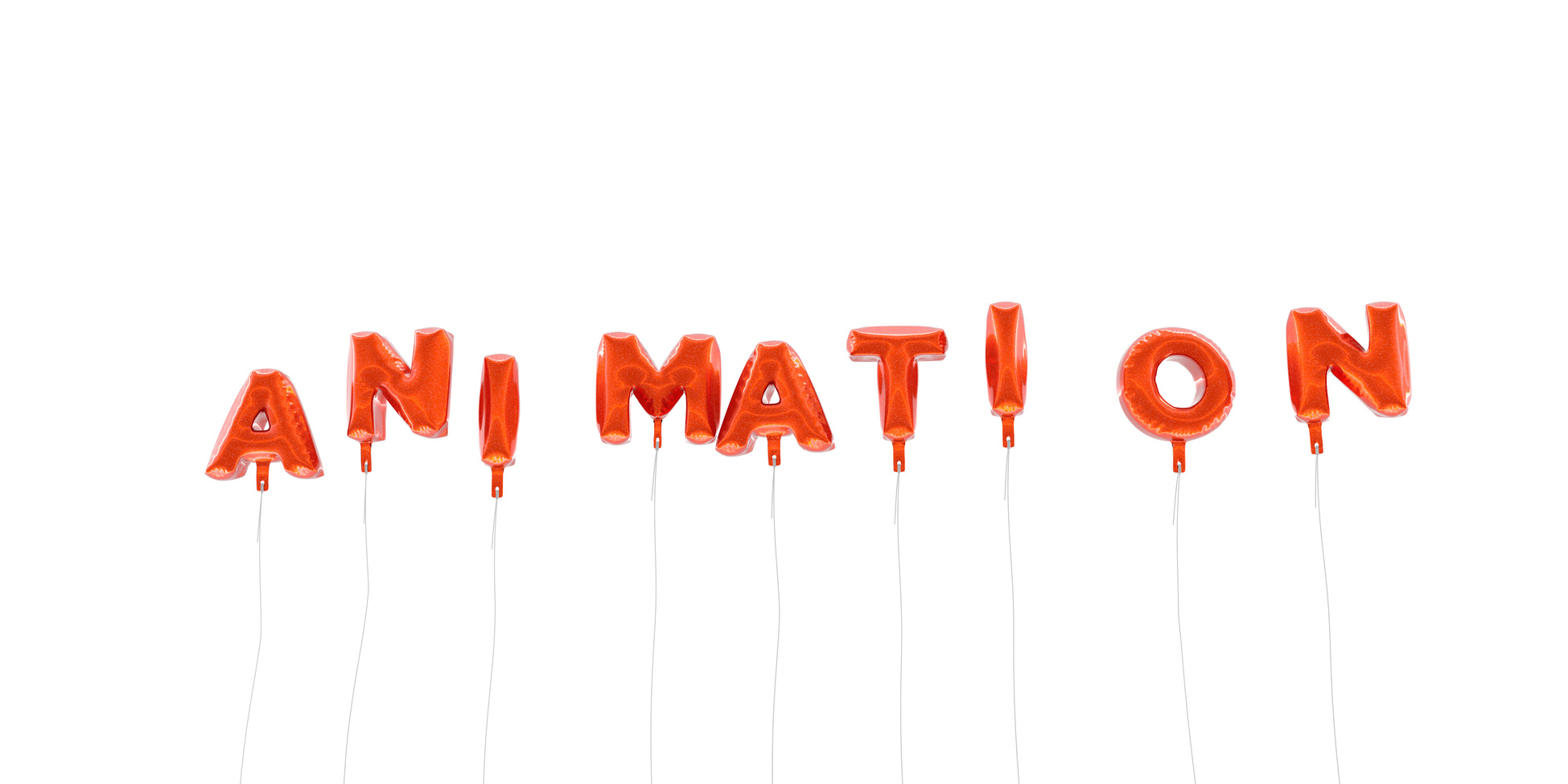The goal of any business is to make the customer experience as seamless as possible. Understanding the customer’s wants and needs is necessary to create this seamless experience.
Did you know that incorporating animation can help the user experience? When do you know the right time to use animation in your UX workflow?
We’re here to help. Read on to learn how to integrate animation to improve your workflow.
What are some of the benefits of animation?
You may be wondering how the use of animation can help users have a better experience. The first key is to understand what the user needs help with understanding. Any type of animation that you incorporate should be valuable to your customer.
Here are some ways that animation functions:
- Clarify information for the user
- Direct the customer to the appropriate place
- Easily help the user navigate through a system
- Communicate the brand’s message
In order to better incorporate animation, you’ll need to know exactly what issues the users are facing. You’ll need to do some research to clarify the most important user needs. For this, you have to speak directly with users through interviews and tests.
Ask questions such as:
- Are you having trouble focusing on the platform?
- Do you understand what the data is telling you?
- Do you know what to do next?
- Are you aware of the most important pieces?
- Do you like to use this tool?
You may also need to use a CRM system that will provide you a better understanding of the customer.
Integrate Motion Design into UX Workflow
Now that you’ve done a bit of research and understand how animation can help, you need to learn how to place animation into your UX workflow.
Align
You already know what your users need in your design. So now you need to make sure that you’re incorporating them in a way that will be useful for the user.
Think of how it will help the customer as you go through your design workflow.
Design
Whether you’re using a storyboard or a sketch pad, you’ll need to start designing your animation. You can then share this information with your team to get feedback.
Prototype
Before your final product, you and your team members will want to see how the animation will play out in real time. Creating a prototype allows you to showcase your ideas before you spend the time and money on the final product.
There are a few approaches to your prototype. The one you decide on depends on the type of animation and your time schedule. Either you can use a fully coded prototype or a simple prototype that won’t take much time or effort.
Test
While your prototype is important, you’ll also need to make sure that your users, the ones who will actually be using the design, will be satisfied.
Choose a group of testers who will be aligned with your target audience. You’ll then conduct a test run through and have the users provide feedback. This feedback will be used to adjust in areas that users don’t find valuable.
Conclusion
Understanding a customer’s needs is imperative when you’re adding animation to UX design workflow. It requires a lot of research and testing in order to get everything right.
While it may be a process, providing your customers with the best possible experience is the most important result.
How have you incorporated animation into UX design? Let us know in the comments.




